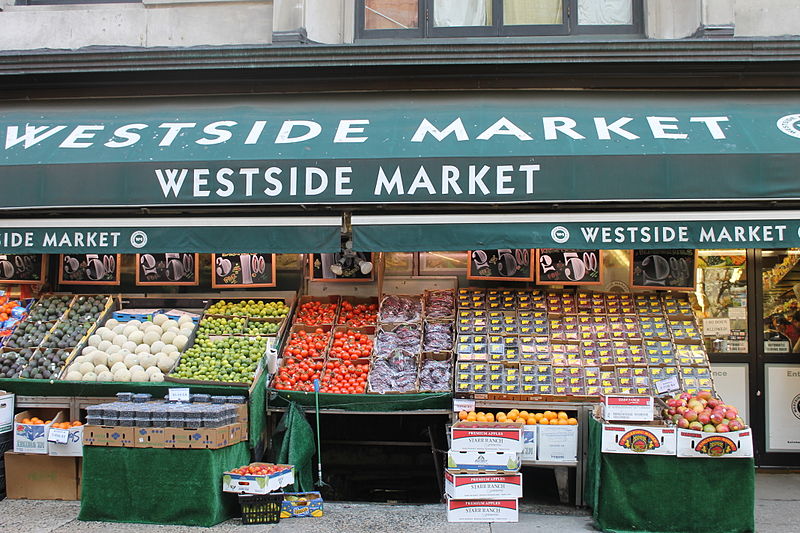Food additives are substances primarily added to processed foods in order to increase the amount of time a food can be stored or to modify sensory properties. These properties are added to make foods seem more appealing but the underlying dangers of these chemicals can not be ignored.
Videos have been circulating on social media about popular foods in America that are regulated or illegal overseas. Snacks including Skittles, Pop-Tarts and Gatorade must contain warning labels in the European Union because of dyes like Yellow 5, Yellow 6 and Red 40, which have been linked to ADHD in children.
Senior Tyler Nels believes food dyes make products more appealing. . “Food coloring and dyes help bring out vibrant colors in food. If I see a food item that looks really colorful I associate it with the product being fresh. When products are dull, I assume that it’s old. Food coloring and dyes definitely make food look more appealing for consumption,” he explained.
Increasing evidence suggests some chemicals used as food additives should be avoided by children. Food additives may interfere with children’s hormones, growth and development; in some cases there is an increased risk of obesity.
One way to help lower exposure to harmful additives is to wash plastic food containers and utensils by hand rather than in the dishwasher. Heat can cause plastics to leak BPA (bisphenol A) and phthalates into food.
Using glass and stainless steel when cooking or serving hot foods is another way to mitigate possible plastic contamination. Understanding plastic recycling codes, number sequences on the bottom of products, allows for easy identification of the plastic type.
Try to avoid plastics with recycling codes 3 (phthalates), 6 (styrene) and 7 (bisphenols) unless plastics are labeled as “biobased” or “greenware,” which means they are made from corn and do not contain bisphenols.
Senior Shivesh Ganesh believes students should be better prepared to deal with and understand the additives in their food. “Schools introduce us to the concept of plastic risks, but ongoing learning is essential to regenerate our understanding and protect ourselves effectively.”
A recent manmade chemical known as PFAS (polyfluoroalkyl substance) has gotten attention and has its shocking effects. The chemical makes consumer goods water, stain and grease-resistant. PFAS are still toxic at extremely low levels, being called “forever chemicals,” because they are nearly indestructible.
Erik D. Olson, The Natural Resources Defense Council’s senior strategic director of health and food, says PFAS are dangerous for three crucial reasons. “First, the structure of PFAS means they resist breakdown in the environment and in our bodies. Second, they move relatively quickly through the environment, making their contamination hard to contain. Third, for some PFAS, even extremely low levels of exposure can negatively impact our health.”
Even more appalling, manufacturers don’t have to disclose to consumers that they’re using PFAS and the U.S. Environmental Protection Agency doesn’t regulate or test for most PFAS chemicals.
Senior Maira Dar felt, “I believe that the government should certainly be doing more to regular against underlying chemical in our food, it’s their job to keep the citizens of the U.S safe and healthy and as they are the ones in charge it’s their duty to ensure that our food is safe and healthy.”
“Forever chemicals” have now been linked to a wide range of health risks in both human and animal studies—including cancer, hormone disruption, liver and thyroid problems and reproductive harm.
It doesn’t only pose a threat in food, but in water as well. Water systems in all 50 states have been contaminated with PFAS from more than 5,000 polluted sites, according to data collected by the Environmental Working Group and Northeastern University. The contamination stems from industrial dumping of PFAS into rivers, lakes and streams. Additionally PFAS are absorbed into groundwater from waste in landfills.
The NRDC has helped pass several laws in California and New York that ban PFAS in paper-based food packaging. Several other states have also started to take action, but not enough to ensure the safety of their citizens.









